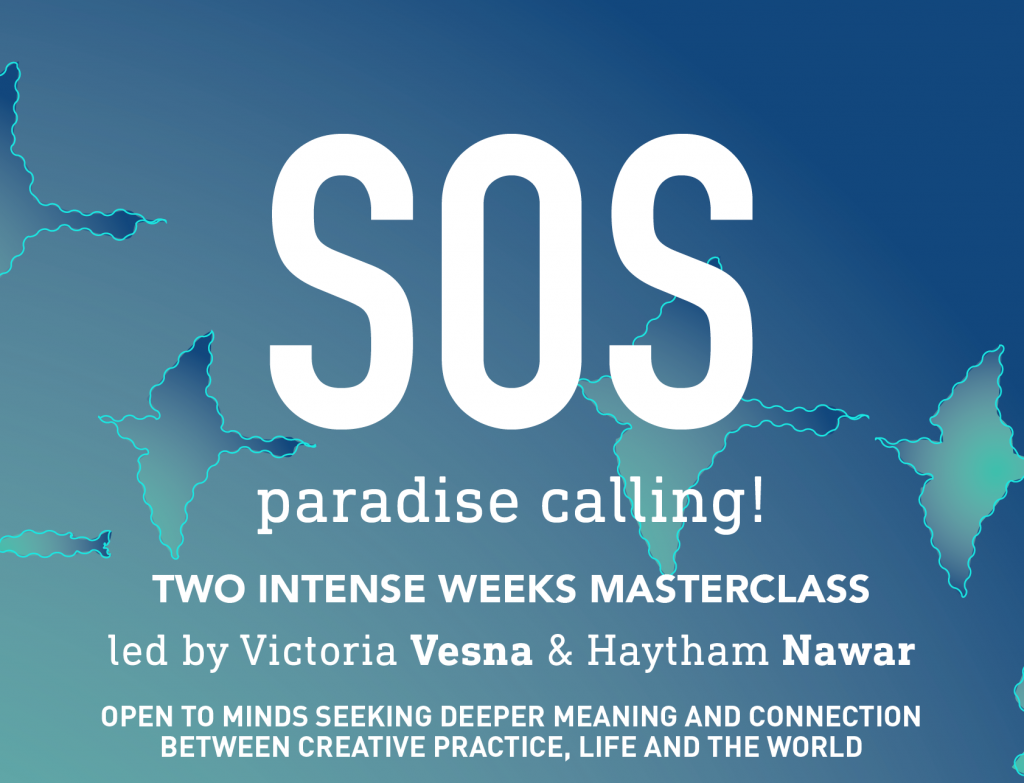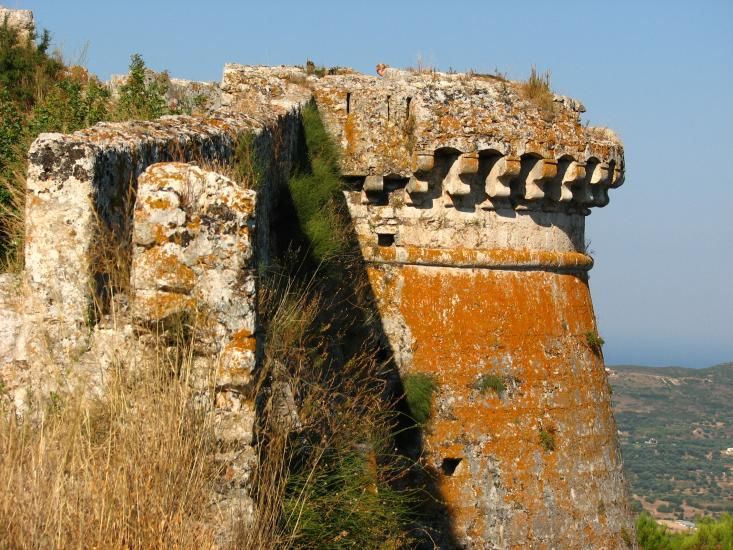SOS paradise calling!
Masterclass led by Victoria Vesna & Haytham Nawar

Who can go to vacation in paradise and ignore all the suffering going on above and below the earth, the water and the skies?
Meet a group of renowned artists and scientists to explore, learn think about the planet and come up with creative ways to address the urgent calls from people, animals and the invisible world.
Experience the gorgeous, mythical environment through field trips, lectures, workshops through hands on collaborative projects considering the myriad points of view.
Explore the mountains, gullies, lakes and the Ionian Sea.
SEE from a different perspective the planktons and micro-plastics.
HEAR the sounds of birds, the winds of change and the underwater noise pollution.
FEEL the air and get closer to your intuitive sensing.
TASTE the sea and the food that we will cook together and eat in community.
THE INSTRUCTORS:
VICTORIA VESNA, Ph.D.:Artist, Professor, Design Media Arts, founder and Director of UCLA Art Sci center, Visiting Professor at Empowerment Informatics Program, University of Tsukuba, Japan and Interface Cultures, University of Linz, Austria. Active since the early 1980s, she created early Internet art works and developed many projects in long term collaborations with scientists.
HAYTHAM NAWAR, Ph.D:Artist, designer, researcher, Assistant Professor and Director of the Graphic Design program, Department of the Arts at the American University in Cairo. Founder and Director of the Cairotronica, Cairo Electronic, and New Media Arts Festival.
Dates July 14-28, 2020 (due to the pandemic new dates will be determined and announced)
Location Kefalonia Island, Greece
Venue Ionion Center for the Arts and Culture
Deadline for applications:
Capacity 16 participants
SOS!paradise calling!MASTERCLASSSUBMISSION POLICY, TERMS, CONDITIONS, FEES: please contact: ionionartscenter@gmail.com
ELIGIBILITY
Artists from all disciplines, scientists, researchers, philosophers, environmentalists, Minds seeking deeper meaning and connection between Creative Practice, Life and the World.
HOW TO APPLY?
If interested to know more details on general info, terms, conditions, fees, documentation, personal support, kindly email: ionionartscenter@gmail.com OR info@ionionartscenter.gr
The Ionion Center for the Arts and Culture operates in a Global environment in the fields of Higher Education, Arts and Research. The International Strategy of the Institution in accordance to its Establishment Act, is embracing the Globalization needs of the Academic and Art’s World. Knowledge, Academic Research and Innovation in across borders model constitutes the core program of the Institution.
Come to Create, Present, Perform






